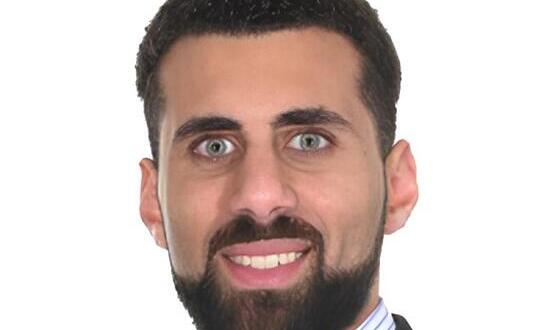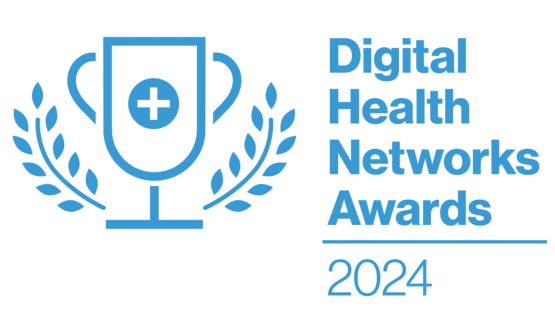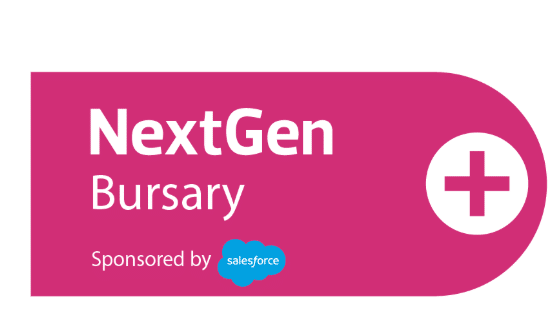CCIO profile: Dr Jude Mahadanaarachchi
- 18 October 2012

It is not often that healthcare IT is compared to baking, but Dr Jude Mahadanaarachchi neatly sums up its changing role with a cake analogy. “It used to be the icing on the cake, but now it’s an essential ingredient,” he says.
On a journey to better IT
Dr Mahadanaarachchi was appointed chief clinical information officer of Informatics Merseyside in May this year.
Having built up a two-site practice in Liverpool to around 9,000 patients, he turned his talents to commissioning and is a member of the Liverpool Clinical Commissioning Group.
As a GP and commissioner of care he has a unique view on the role of CCIOs and what they can do to improve services for patients.
“I have had very little interest in IT, but what was very clear to me was the essential role of IT within healthcare,” he says.
“That’s the main reason why I have embraced information technology; when you talk about improving care for the patient, IT is essential.”
Dr Mahadanaarachchi says that local GPs are on a journey towards seeing the role of IT in the way that he does.
“In the beginning, nobody wanted to come on that journey. But thanks to a lot of hard work by GPs who had that vision we’ve managed across all the practices to embrace IT,” he explains.
“There are still practices that could perhaps do more; but now they need to not just use IT but to begin to use it in a really smart way.”
Rethinking services
Dr Mahadanaarachchi can also point to positive improvements that have been made to local services by making use of new technology. The first example is the delivery of minor surgery.
When commissioners looked at minor surgery in 2008 they discovered there was a nine month wait, with local secondary care trusts and just one GP in Liverpool providing the service.
A group of six interested clinicians wrote up new standards of care for minor surgeries and looked at how to make the booking process much smoother.
GPs from about ten practices were trained to provide the service, while a decision was made to use EMIS Web as the referral tool, rather than faxes or paper.
The group worked with EMIS to add a referral line into the consultation module. GPs can enter a code for minor surgery which sends the request directly to a local call centre or ‘choice team.’ Here it is picked up and the patient receives a call to make a booking within 48 hours.
When a referral arrives at one of the practices providing the service, the clinician is able to see a summary record of the patient – including demographics, medication and allergies – via EMIS Web.
This viewing access was arranged via a local data sharing agreement and Dr Mahadanaarachchi would like to see it become a two-way process, whereby doctors can enter information about the surgery and make that available to the referring GP.
Meanwhile, the waiting time for minor surgeries is now down to about two weeks. “I’m not an IT buff, but when you see something like that working, and the role of IT in creating an efficient service, whether you like it or not you have to embrace it,” he says.
More CCIOs wanted
Dr Mahadanaarachchi believes a CCIO does not need to be a “technical buff.” Indeed, he argues that it is important for any CCIO to remain a clinician and to focus on the clinical outcomes a project is trying to achieve, while acknowledging the huge role technology can play in transforming services.
His role in the minor surgeries redesign was to sit down with the IT officers designing the templates and relay the needs of clinicians; such as keeping the number of clicks to a minimum.
“I have no understanding of how they [IT staff] will programme it, but you need to be able to describe what you want from a clinical sense,” he adds. “You don’t have to have the IT language as long as you are sure about the process you want to go through.”
Dr Mahadanaarachchi believes passionately that all of the HIS’s stakeholders – CCGs, acute trusts, community providers and third sector providers – should have a CCIO.
“Most of my time is spent on seeing how things are now; the variability that exists between different providers and the lack of communication between providers,” he says. “Also, the minimal collaborative work; some programmes which are put in place have obviously not had any clinical input at all.
“It’s very clear that there’s a lot of wastage of resources and time which affects patient care. So I’m much clearer than I was before in terms of this role becoming an essential role and for each stakeholder to have a CCIO.”
He tabled the idea at a recent Merseyside Informatics stakeholder meeting, at which he suggested that an operational management group populated by IT people and a CCIO from each trust should be created. Members agreed.
“Commissioners have a role in this to look at how to bring all the different providers together,” he says. “So, if they commission a particular service, it’s important that all the providers are actually aware of the IM&T because if there’s a provider that doesn’t provide it, then there’s inequality in the service or a bottleneck created at that point.
“In the patch we have a trust that’s 95% paper-lite and a trust that’s 100% paper so it’s really important to know why has that happened and what can we do about it? My view is that we should be 100% paper-lite in terms of patient care.”
While getting access to the various organisations has been variable, he says the one constant is that the clinicians have embraced the importance of IT and of working together.
“The IM&T leads for each of the trusts… I think also see the role changing where they have to be clinically lead,” he adds.
Keeping patients in mind
Dr Mahadanaarachchi can think of a number ofclinicians who would be excited to work in a CCIO role. His main focus now is bringing this new operational group into being and clearly demonstrating the benefits of sharing each other’s best practice.
“I’m really keen that it be inclusive of all trusts; it’s important that we understand where [we are all at] and try to move us forward.”
He currently dedicates about half a session a week to his CCIO role, but sees it taking up more of his time in the future.
“I have been able to identify the challenges ahead, I think these challenges can easily be resolved and should be resolved with patient care in mind and it’s exciting to try to play a role in that.”




